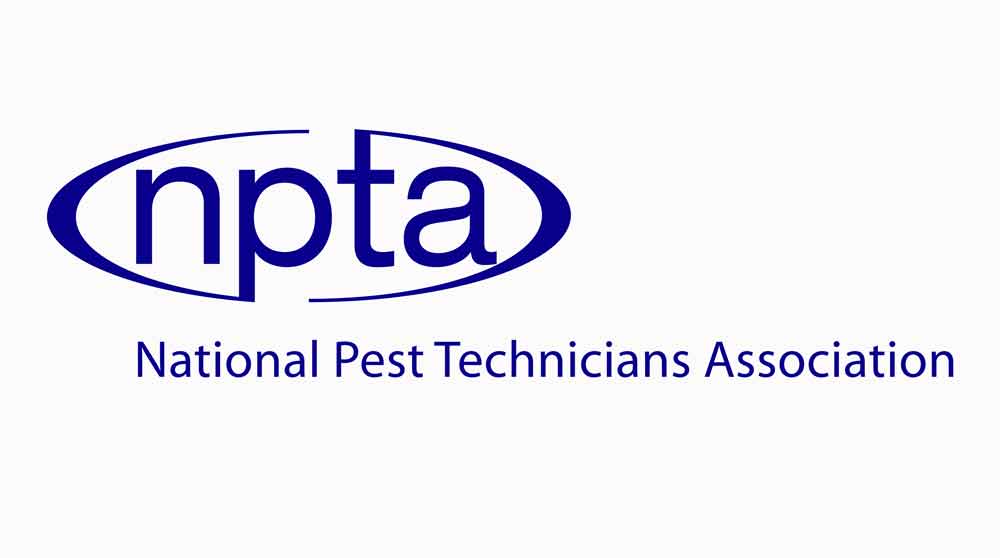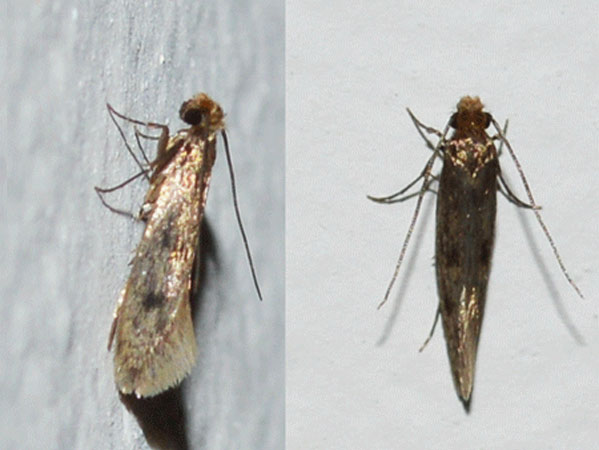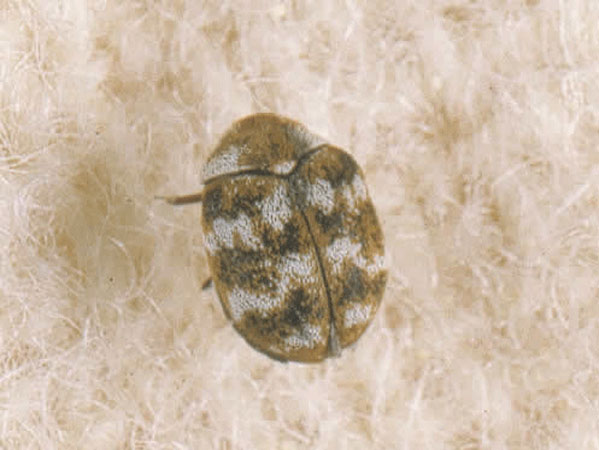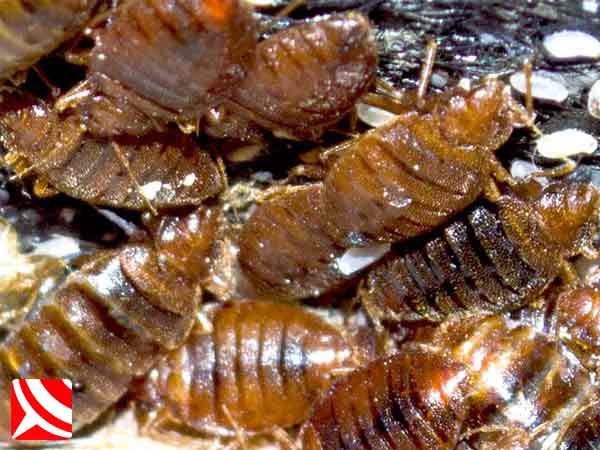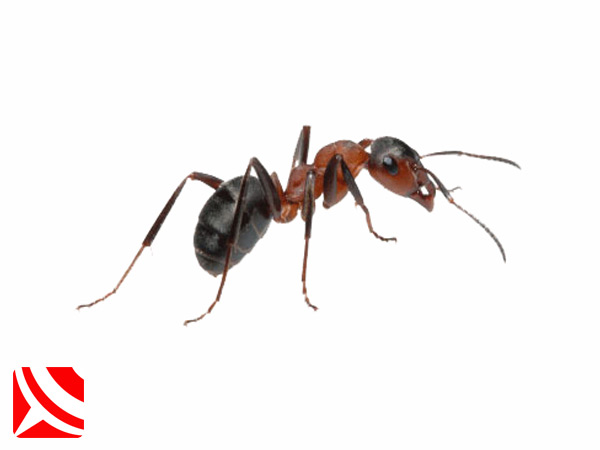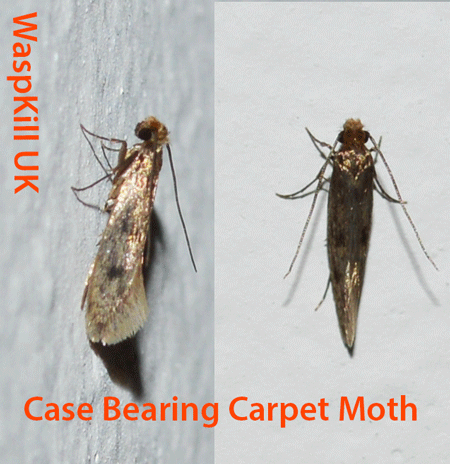
Carpet Moths (Case Bearing) - What Are They?
Carpet Moth Control: Bristol is home to a variety of textile pests that include Clothes Moths, Carpet Beetles and Carpet Moths. Below we've listed the most common and important information requested by our customers about Carpet Moths.
Carpet Moth Larvae
Carpet moth larvae are highly distinctive in appearance. As the first image on the page clearly shows, The carpet moth larvae develop within a sheath of silk and carpet fibres, that steadily grows in size as the larvae grows to maturity and finally pupates.
These grubs are often described to us as small, moving grains of rice. The colour can vary greatly depending on the color of the carpet or rug being consumed. This also means that in some cases the caterpillars can remain well concealled and camoflaged.
Where Do Carpet Moth Larvae Live?
Carpet moth larvae are most commonly found in dark areas where they are unlikely to be disturbed for long periods.
What Causes Carpet Moths?
The causes of carpet moth infestation might not be as exciting as might hope. The moths are found in the environment, so become attrracted to the target materials, entering homes through lofts, vents, attics and open doors and windows.
Sometimes the moths will be introduced to the property on second hand furniture, carpets, rugs, other textiles and even stuffed animals!
The Most Common Areas Of Carpet Moth Larvae Activity Include:
> Large Items Of Furniture - Under book shelves, pianos, sofas and sideboards etc.
> Storage Areas - Carpets etc, stored in attics, lofts, crawl spaces and garages.
> Room Edges/Perimeters - Especially behind large items of static and moveable furniture.
> Cupboards - carpets in storage cupboards and built in wardrobes.
What Do Carpet Moth Larvae Feed On?
Small numbers of textile moth larvae tend to go unnoticed, but in undisturbed areas like beneath larger items of furniture, even small numbers of larvae will cause noticeable damage.
Larger infestations of larvae, quickly destroy your carpets, rugs, clothes and associated natural fibre textiles. Textile pests have a liking for what makes up all animal hair, - the protein Keratin, which is the preferred food of their larvae (pictured above).
What Carpets Are Most At Risk From Carpet Moths?
Wool and wool mix Carpets are most at risk, especially in humid areas like bathrooms, and because natural fibre carpets represent a significant investment, they deserve to be well protected.
In many cases only professional control methods and products can tackle and eliminate carpet moth problems effectively and very often, a variety of control methods need to be implemented together, to achieve satisfactory control quickly.
What Damage Can Carpet Moths Cause?
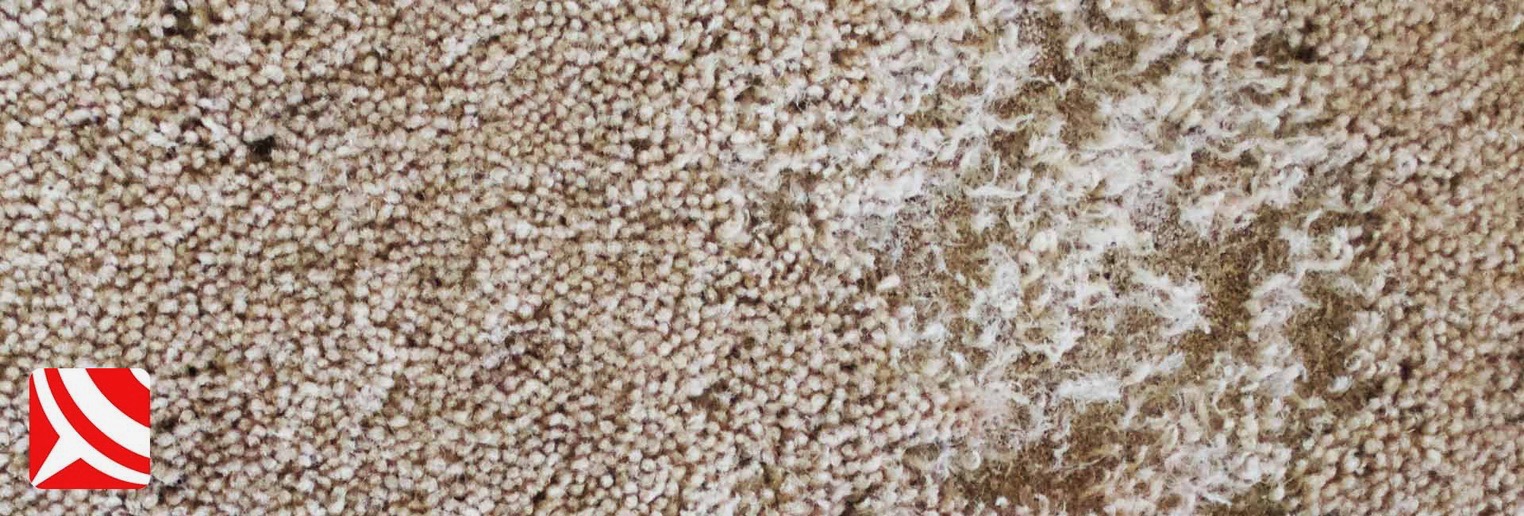
Moths can emerge at any time of year inside a warm property where they developed as larvae, however, they are restricted by the climate outdoors, being commonly associated with animal fur and bird feathers. The adults are on the wing outdoors from May until September.
What Damage Will Carpet Moth Cause?
The Adult Carpet Moths "ARE NOT" damaging your carpet - it's the carpet moth larvae causing the damage!
Home owners commonly replace damaged carpets like for like, thinking the carpet was the problem, when in fact it was the moths, entering the property usually in the warm summer months, that started the infestation by laying their eggs on suitable natural products.
It's all too easy to think that the moths are the problem, when in fact these are only part of the common carpet moths lifecycle and NOT the part that actually causes the damage to carpets etc. Your carpets get stripped bare by the carpet moth larvae.
Should I Remove The Carpet?
In a small number of cases, replacement carpets is the only economically feasible option.
Before you remove affected carpets and re-lay new ones, you should consider a band treatment of residual insecticide around the edges of the room to ensure that any existing infestation is stopped in its tracks and is unable to infest the new carpets or rugs etc, that you are putting down.
